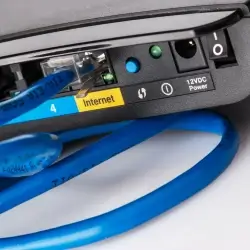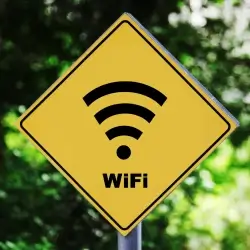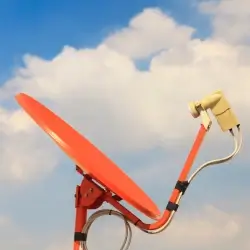Moving off the grid: How to get internet in your tiny house
Ever think about living in a tiny house? They’re all the rage lately, and for good reason! They’re small, efficient, and perfect for people who want to downsize without giving up their modern conveniences. But if you’re like most people, you probably can’t imagine living without internet access.
As someone who lives in a tiny house and works from home, you know that having reliable Internet is a necessity. But many people living in tiny houses find it difficult to get service since most companies don’t offer coverage in these areas. In this blog post, we’ll tell you about some of the best ways to get the Internet in your tiny house. We’ll also provide tips on how to make the most of your connection, no matter what type you have. Keep reading for more information!
As someone who lives in a tiny house and works from home, you know that having reliable Internet is a necessity. But many people living in tiny houses find it difficult to get service since most companies don’t offer coverage in these areas. In this blog post, we’ll tell you about some of the best ways to get the Internet in your tiny house. We’ll also provide tips on how to make the most of your connection, no matter what type you have. Keep reading for more information!

1. Types of internet connections
When it comes to getting internet in your tiny house, there are a few different options available. The type of connection you can get will depend on your location and the type of setup you have in your home. Here are some of the most common types of connections people use:
Ethernet
If you’re lucky enough to have access to a nearby Ethernet connection, you can connect your computer directly to the internet using an Ethernet cable. This is one of the fastest and most reliable ways to get online, but it’s not always an option for people living in remote areas.


WiFi
WiFi is a wireless connection that uses radio waves to connect your devices to the internet. It’s one of the most popular options for people living in tiny houses since it doesn’t require any special equipment or wiring. However, WiFi can be unreliable and is often slower than other types of connections.
Satellite
If you’re in a remote area where other types of internet aren’t available, you may be able to get online using a satellite connection. Satellite internet is typically slower than other types of connections and can be expensive, but it’s a good option for people who need to stay connected in rural areas.

2. Where to get service
Once you know what type of internet connection you need, the next step is to find a provider that offers service in your area. There are a few different ways to do this:
Check with your local library: Many libraries offer free or low-cost WiFi for their patrons. If you’re in a small town or rural area, your local library may be the best place to get online.
Ask around: Talk to your friends, family, and neighbors to see if they have any recommendations for providers in your area.
Do some research: Use the internet (ironically) to find providers that offer service in your area. Once you’ve found a few options, check out each provider’s website to learn more about their coverage area and rates.
Check with your local library: Many libraries offer free or low-cost WiFi for their patrons. If you’re in a small town or rural area, your local library may be the best place to get online.
Ask around: Talk to your friends, family, and neighbors to see if they have any recommendations for providers in your area.
Do some research: Use the internet (ironically) to find providers that offer service in your area. Once you’ve found a few options, check out each provider’s website to learn more about their coverage area and rates.

3. Tips for making the most of your connection
Once you’ve found a provider and gotten set up with an internet connection, there are a few things you can do to make sure you’re getting the most out of your service:
Use a WiFi extender: If you’re using WiFi to connect to the internet, consider investing in a WiFi extender. This will help boost your signal and give you a better connection.
Get a data plan: If you’re using your phone as a hotspot or connecting to the internet via satellite, make sure you have a data plan that’s large enough to cover your needs. Otherwise, you may end up with a hefty bill at the end of the month.
Limit your streaming: If you’re on a limited data plan, try to limit your streaming activities (like watching Netflix or YouTube) to times when you have a strong connection. This will help prevent buffering and keep your data usage under control.
Use a WiFi extender: If you’re using WiFi to connect to the internet, consider investing in a WiFi extender. This will help boost your signal and give you a better connection.
Get a data plan: If you’re using your phone as a hotspot or connecting to the internet via satellite, make sure you have a data plan that’s large enough to cover your needs. Otherwise, you may end up with a hefty bill at the end of the month.
Limit your streaming: If you’re on a limited data plan, try to limit your streaming activities (like watching Netflix or YouTube) to times when you have a strong connection. This will help prevent buffering and keep your data usage under control.
Conclusion
Living in a tiny house doesn’t have to mean giving up the modern conveniences you love. With these tips, you can get the internet in your tiny house and stay connected to the world.
Now that you know how to get the internet in your tiny house, it’s time to get connected! Use the tips above to find a provider and get set up with an internet connection. You’ll be able to stay connected to the world and keep up with your online activities no matter where you are.
If you need help finding the perfect tiny home for your needs, be sure to visit www.vacavia.com. Our homes are built with quality construction and come standard with all the features you need.

